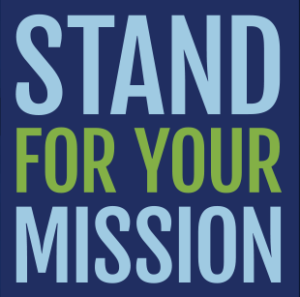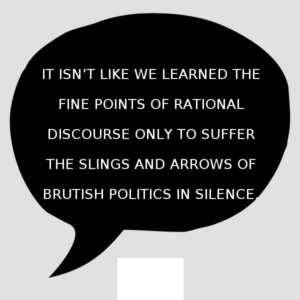 As a fundraising consultant, too often I see organizations that don’t budget enough—or anything—for the professional development of their development professionals. Given that upwards of 75% of advancement budgets fund personnel, it’s strange that we wouldn’t strategize to maximize skills where it matters most.
As a fundraising consultant, too often I see organizations that don’t budget enough—or anything—for the professional development of their development professionals. Given that upwards of 75% of advancement budgets fund personnel, it’s strange that we wouldn’t strategize to maximize skills where it matters most.
Leaders: Develop a Plan
Begin by making professional development a top priority. Then budget to make it happen. I know the biggest reason we don’t train our professionals is a perceived lack of funds. Second, professional development seems expensive. But missing the mark here is analogous to buying a house and neglecting to insure it because the mortgage is so high there is nothing left for insurance.
There is a wide world of high quality professional development resources offered by nonprofit and proprietary providers focusing on nearly every professional niche and skill level. Use your skills as a leader to find and use the resources that will allow your shop to excel.
Make the creation of an annual professional development plan an intrinsic part of the annual performance review. And I think you will agree, it would be nice to have a few more carrots in our managerial arsenal.
Professionals: Ask for Education
Development professionals should research the educational and training options that exist and the costs that apply. Not every option requires extensive travel. Some excellent providers, like The Fund Raising School at Indiana University, offer sessions in different cities around the country. Even if you have to travel, it may not be a long distance.
Ask for what you need. Raises can be costly, promotions out of reach in a small shop, but professional development can benefit everyone, every year. Do your research and make the case. Be persuasive. Let your boss know that investing in you now will mean more dollars on the horizon.
Be Strategic About Your Choices
Annual conferences are a no-brainer. They offer an attendee-centered menu that allows a lot of latitude for professionals at different levels on the career ladder. Week-long intensives can be transformational. A fundraising 101 course is essential for people who are new to development.
Intensives on personal cultivation, solicitation, and prospect management are essential to professionals moving up the philanthropic ladder. We need to know how to manage our own psychology to excel in a field that is, as I say in my book, sales transformed by mission.
Successful professionals need theory, education and training. Think about the difference in these terms. Without theory you can’t plan. Without education you can’t apply what you know. Without training you can’t exercise the precise muscle needed to win the day.
Personalize It
Professionals who enter the profession with a graduate degree in philanthropy arrive on the stage with a unique set of opportunities and needs as opposed to someone who transfers into development mid-career from another field. And that law degree doesn’t mean its holder understands fundraising.
If you offer that individual with the law degree theory, education, and training related specifically to planned giving as it exists in the real world, for real people with real needs, desires, and capacity, then you’ve got an appealing package.
Regardless of our origins and starting points, there are many models for success in development. A wide variety of backgrounds can inform the practice and a wide variety of personality types can achieve career success.
But here’s the deal: almost no one arrives at the profession fully formed. Those who think they are beyond benefitting from professional development may be suffering from a blind spot big enough to drive a truck through.
And senior-level professional development can be supremely rewarding. I say this as a past (and future) participant. As you consider the options, think about getting out from behind your computer to engage person-to- person with fellow participants, facilitators, teachers and students. So much of the magic is in peer-to-peer interactions!
So, don’t sell yourself short. Don’t sell your staff short. Educate and train, educate and train, repeatedly, throughout the arc of every career.
It takes just two things—commitment and belief—to get everyone in your shop onboard and learning. ▪
[This article originally appeared at https://www.edusearchonline.com. February 2018]



